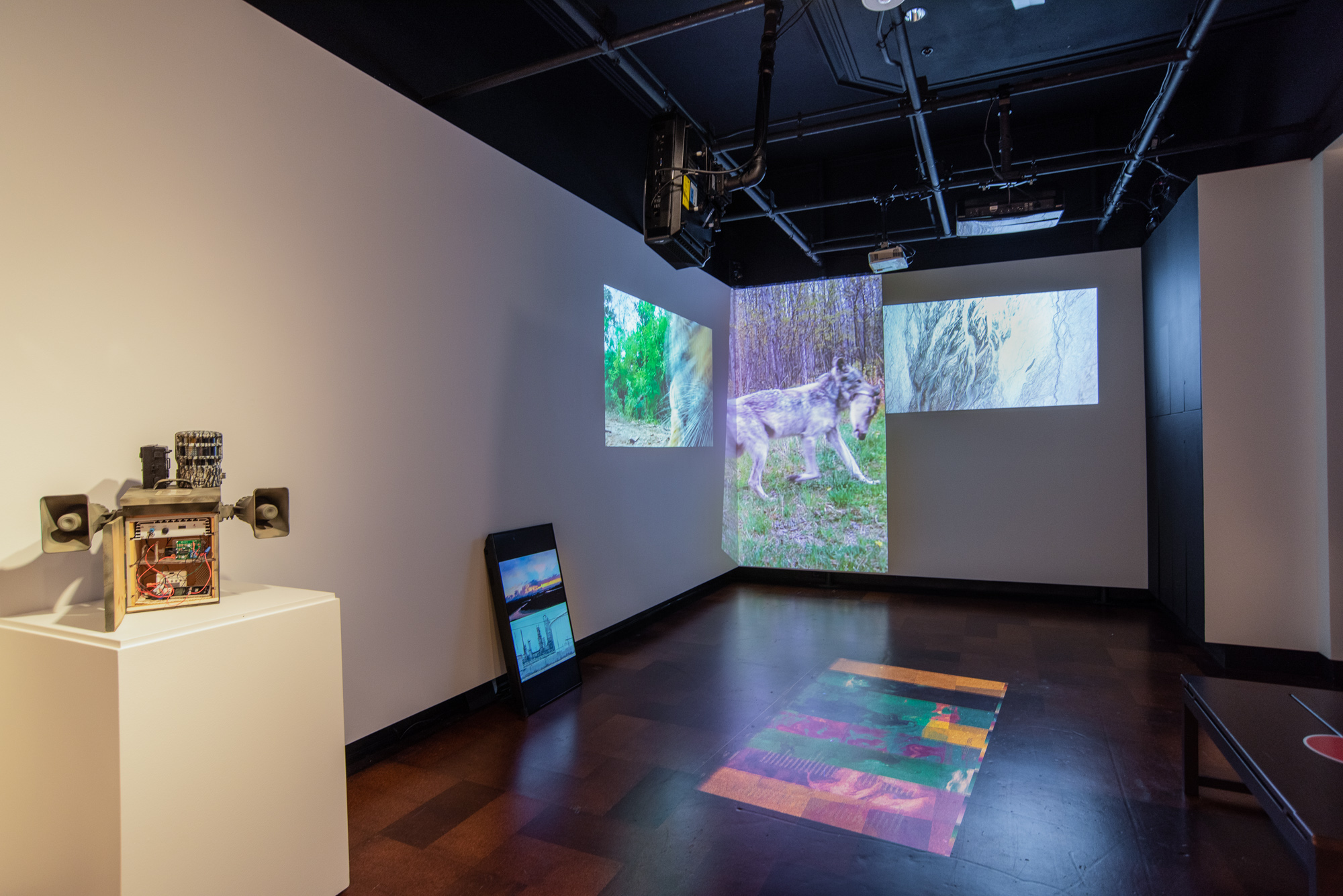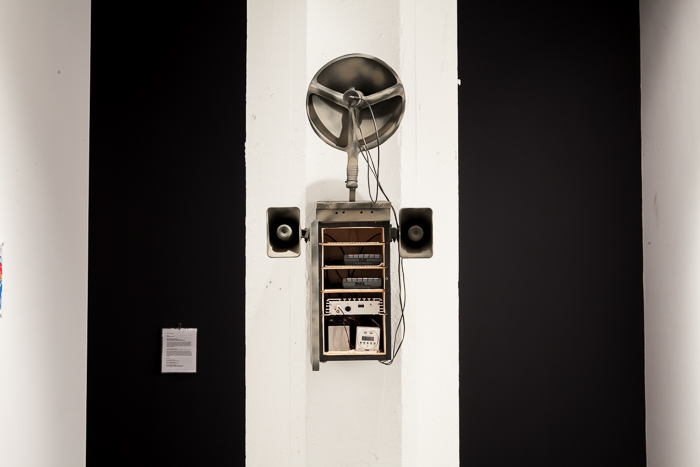Steve Rowell
Uncanny Sensing, Remote Valleys
2013-2020
Uncanny Sensing, Remote Valleys is a project aimed at investigating ecology and post-natural landscapes. It is about the rise of the machine in the age of the Anthropocene and how we understand, perceive, and experience the environment using technology – giving us a view of a life-supporting Earth that is incomplete, synthetic, strange, and uncanny.

The title of the project is a reconfiguration of the terms:
Remote sensing
A method of data collection from the physical world via sensors and other remote technology
+
Uncanny valley
The cognitive dissonance caused by lifelike replicas of living things. First discovered by robotics professor Masahiro Mori in 1970, The uncanny valley is defined as a level of realism in which the human observer has a negative reaction. Any less realistic and we feel empathy; any more realistic and we can't distinguish that it's artificial. the valley in between produces repulsion, disgust, fear, etc.
- Do we experience the uncanny valley when encountering nonhumans, those of flesh and blood or built in a lab?
- Do other beings, sentient or not, experience the uncanny valley when encountering us?
- Have we become undead to them?
- Do they recognize our ruins and human-made devices when they encounter them in "nature"?
Premiere exhibition:
Jordan Schnitzer Museum of Art
University of Oregon
January 23 to March 28, 2021
Virtual version of the exhibition
Video: In Conversation with Steve Rowell and Emily Scott
Links:
2021 Eugene Weekly
2015 E-flux Education
2015 Edge Effects
2015 Golden Spike exhibiton catalog










Uncanny Sensing, Remote Valleys is supported with funding from a 2013 Creative Capital award, and 2014 Mitchell Center for the Arts commission, and a 2019 Guggenheim Foundation fellowship.
November 2020 interview at Creative Capital.

